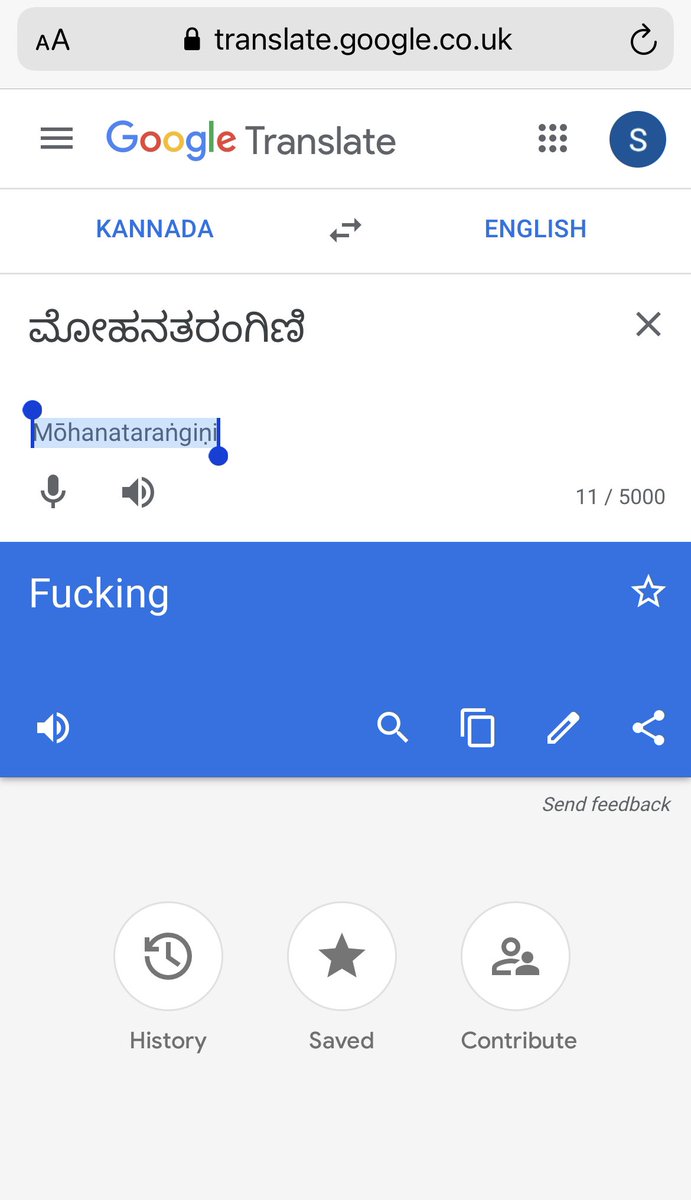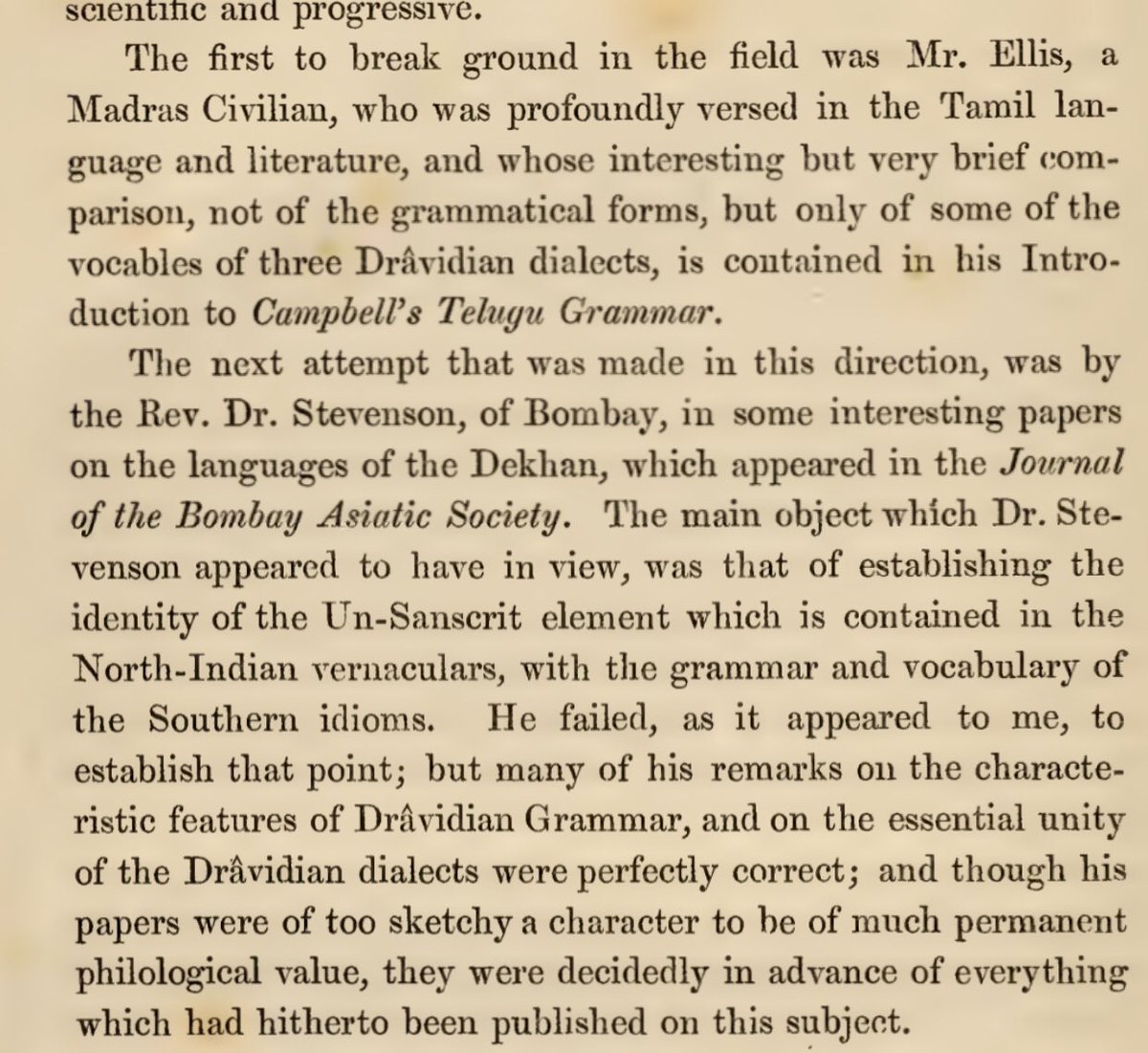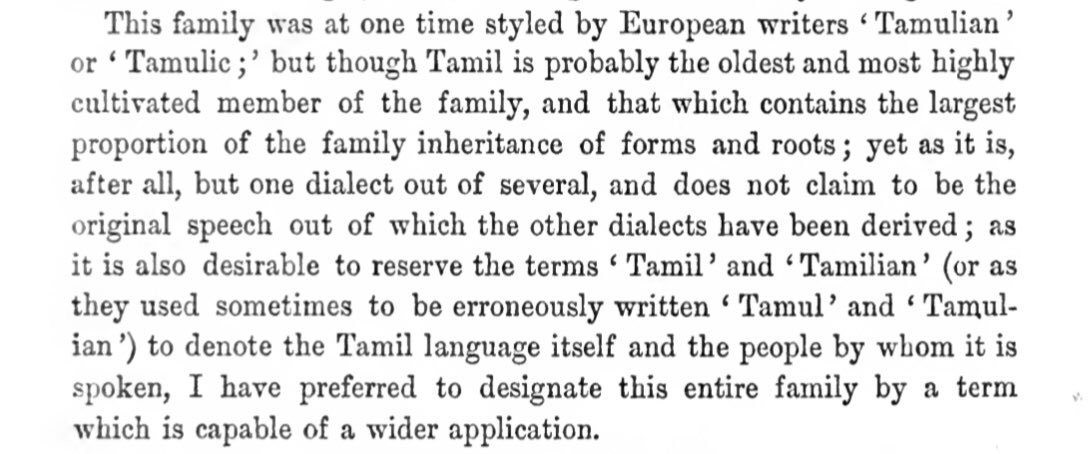
कन्यां कनकसंपन्नां कनकाभरणैर्युताम् ।
दास्यामि विष्णवे तुभ्यं ब्रह्मलोकजिगीषया ॥
The attached pages are from “ವಿವಾಹ ಮಂತ್ರಸೂತ್ರಗಳು” vivāha mantrasūtragaḷu by SrI M Keshavaiah (my great-great-grandfather”
#kanyAdAna #kESavayya #vAyupurANa #Apastamba


दास्यामि विष्णवे तुभ्यं ब्रह्मलोकजिगीषया ॥
The attached pages are from “ವಿವಾಹ ಮಂತ್ರಸೂತ್ರಗಳು” vivāha mantrasūtragaḷu by SrI M Keshavaiah (my great-great-grandfather”
#kanyAdAna #kESavayya #vAyupurANa #Apastamba



Here we see the kanyādāna mantra. The words dāsyāmi दास्यामि and pradāsyāmi प्रदास्यामि clearly show that the kanyā (daughter, bride) is given to the groom. Of course the groom “accepts” her, but for him to accept, she first had to be “given”.
#kanyAdAna #kESavayya #vAyupurANa
#kanyAdAna #kESavayya #vAyupurANa
Lest we get carried away that the bride is “given away” for free use to the groom, there are conditions/ strings attached! Before taking he promises (thrice) to honour her and not transgress her in dharma, artha and kāma by uttering nāticarāmi
#kanyAdAna #kESavayya #vAyupurANa
#kanyAdAna #kESavayya #vAyupurANa
Author notes that this is not in āpastamba sūtra but from the subsequent #vAyupurANa. Note that this purANa is one of the oldest purANas & there’re references to it in the #mahAbhArata &c. So it goes back to, at the very least, about 2000 years
See attached
#kanyAdAna #kESavayya
See attached
#kanyAdAna #kESavayya

These mantras have been incorporated in subsequent gRhyasUtras such as the #vaikhAnsa sUtra (which is dated to 4th C CE)
#kanyAdAna #kESavayya #vAyupurANa #Apastamba
#kanyAdAna #kESavayya #vAyupurANa #Apastamba
For references to #kanyAdAna in rAmAyaAn, see this thread 👇
https://twitter.com/shrikaanthk/status/1440311841507315723
• • •
Missing some Tweet in this thread? You can try to
force a refresh










